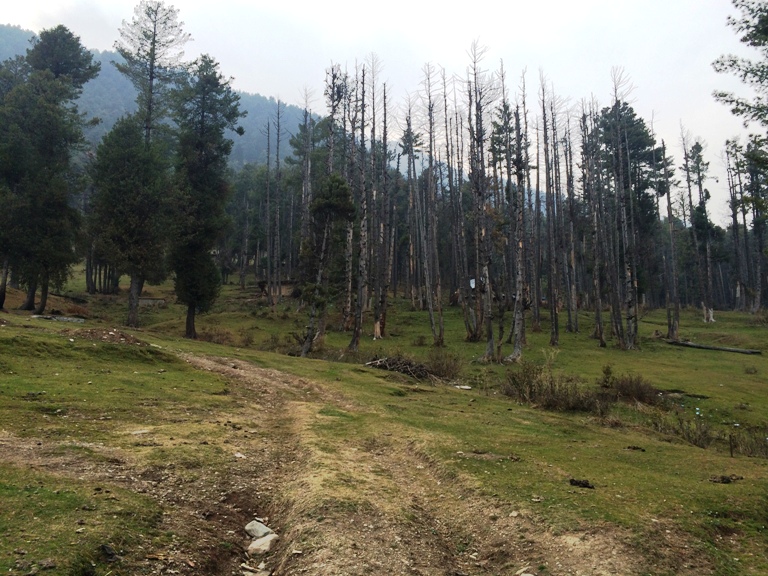SRINAGAR: The completion of both phases of the Flood Mitigation Plan is a significant step towards minimising flood-related damages, but further measures are necessary for comprehensive protection, experts said.
While the ongoing work in the tributaries of Jhelum is part of phase 2, the experts suggest increasing the capacity of the River Jhelum to 120,000 cusecs for effective flood management.
A senior official from the Irrigation & Flood Control Department, while speaking to the news agency KNO, emphasised the importance of augmenting Jhelum’s capacity to handle potential floods.
He confirmed that work on the flood management plan’s second phase is currently underway, focusing on the Jhelum’s tributaries and other critical areas. The successful completion of both phases will undoubtedly reduce flood-related damages in the Kashmir region, he said.
“The completion of phase 2 will increase the Jhelum River’s capacity to 60,000 cusecs, having already reached 40,000 cusecs in phase 1,” he stated. However, this capacity will still not suffice to manage the massive volume of water that breached the Jhelum at multiple locations during the devastating 2014 floods.
“If the Jhelum’s capacity remains at 60,000 cusecs, it will not be sufficient to prevent embankment breaches in the event of a 2014-like flood. Although the damages may not be as severe as in 2014 when the Jhelum’s capacity was around 30,000 cusecs,” the engineer, who works on the Flood Management Plan, explained.
He further noted that the completion deadline for phase 2 is three years, and timely funding and acquisition processes will be critical in ensuring the project’s successful completion within the stipulated time frame.
The Flood Management Plan, undertaken in two phases, received funding under the Prime Minister’s Development Package, allocating Rs 399 crore for phase 1. This phase included spot dredging and enhancing Jhelum’s capacity to minimize potential damage.
After the 2014 floods, a government committee was formed, recommending long-term measures such as supplementary flood spill channels, storage facilities on Jhelum’s tributaries, floodplain zoning, and enhancing Wular Lake’s capacity. (KNO)















